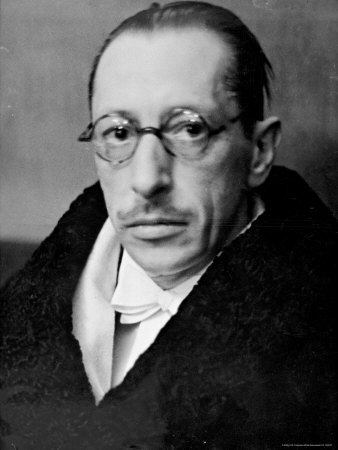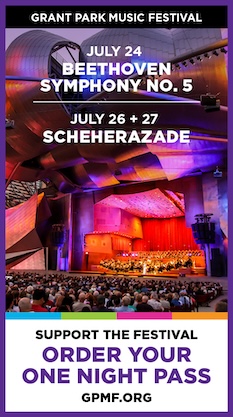Rembrandt Chamber Players serve up contrasted takes on “A Soldier’s Tale”

It has become trendy of late to program contemporary remakings of earlier classics with the works that inspired them, like Astor Piazzolla’s Four Seasons of Buenos Aires and Antonio Vivaldi’s The Four Seasons.
Such pairings usually employ similar musical forces for both selections (always a plus for musical groups pinching pennies), and they give the newer piece more visibility and audience appeal than it is likely to have had on its own.
The Rembrandt Chamber Players took just such a tack Sunday afternoon in Nichols Concert Hall in Evanston, coupling Igor Stravinsky’s L’Histoire du Soldat (The Soldier’s Tale) with A Fiddler’s Tale, an updated, re-imagined version of the 1918 work by jazz trumpeter Wynton Marsalis. It proved to be a fascinating and rewarding musical adventure.
Stravinsky’s unconventional music-theater creation, which he wrote while staying in Switzerland during World War I, offers a compelling twist on the timeless Faustian legend. It centers on a soldier and amateur violinist who trades his soul to the devil.
The compact work employs a highly unusual yet surprisingly compatible mix of seven instruments – violin, double-bass, clarinet, bassoon, trumpet, trombone and percussion. While rooted in the composer’s avant-garde neo-Classical aesthetic, with echoes of Petrouchka and other larger works written just a few years earlier, the ensemble often has the looser sound of a cabaret or dance-hall jazz band.
Foregoing the two actors and a dancer originally envisioned by the composer, the effective concert version relies on a narrator — here vividly performed by Chicago actress Barbara Robertson — to take all the parts and convey the story. The ensemble offered a unified, focused interpretation that captured the hybrid nature of this piece and its ever-changing moods and stylistic nuances.

Marsalis’ Fiddler’s Tale, a joint commission of the Chamber Music Society of Lincoln and Jazz at Lincoln Center, shifts the action to the Mississippi Delta, with noted writer Stanley Crouch supplying the libretto. In this narrated take, a high-minded fiddler, Beatrice Connors, succumbs to empty promises of slick record producer, Bubba Z. Beals, another of the devil’s many guises.
Although Marsalis has long comfortably straddled the border of jazz and classical music, his heart and heritage are in the former, and it is his rich grounding in that form, with what he calls a “New Orleans twist,” that undergirds this 1998 piece.
There are several stand-out sections, worthy of being combined into a kind of jazz suite (something, it turns out, Marsalis has already done), including the wonderfully evocative Tango, Waltz, Ragtime, and the smoky, aptly titled closer, The Blues on Top.
Fiddler’s Tale incorporates all kinds of signature Marsalis jazz touches, such as the trumpeter’s use of a plunger mute to growly effect and even the inclusion of a whistle in the percussionist’s arsenal. But what is perhaps most surprising is how closely he hews to the original feel and color of L’Histoire, incorporating almost identical instrumental combinations and harmonic effects at times.
This piece puts big demands on its performers, expecting high-level classical musicianship but also an ability to loosen up and swing a little. These players had no trouble delivering the former and fared respectably with the latter, getting more into the groove as the performance progressed.
Most at home in the two styles was the fine guest clarinetist, J. Lawrie Bloom, a member of the Chicago Symphony Orchestra, who displayed an affinity for the idiomatic flavor of L’Histoire as well, and violinist Yuan-Qing Yu. The spirited, technically secure playing of the symphony’s co-assistant concertmaster highlighted both works. In The Fiddler’s Tale, the playing of Christopher Martin, CSO principal trumpet, seemed oddly restrained. Also deserving note is Aaron Freeman, a Chicago comedian and public-radio commentator, who offered an involving, sometimes humorous turn as the narrator.
If Fiddler’s Tale does not fully measure up to Stravinsky’s older masterwork, it is nonetheless a captivating, skillfully constructed work that marries the jazz and classical worlds in a natural, convincing way.
Sunday’s program, including intermission, ran 2-½ hours, which was arguably a bit long. But these two similar yet different works make a compelling single program, and it’s only a matter of time before other groups seize upon this programming two-step.
Posted in Performances
